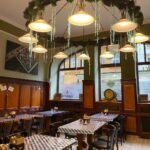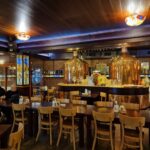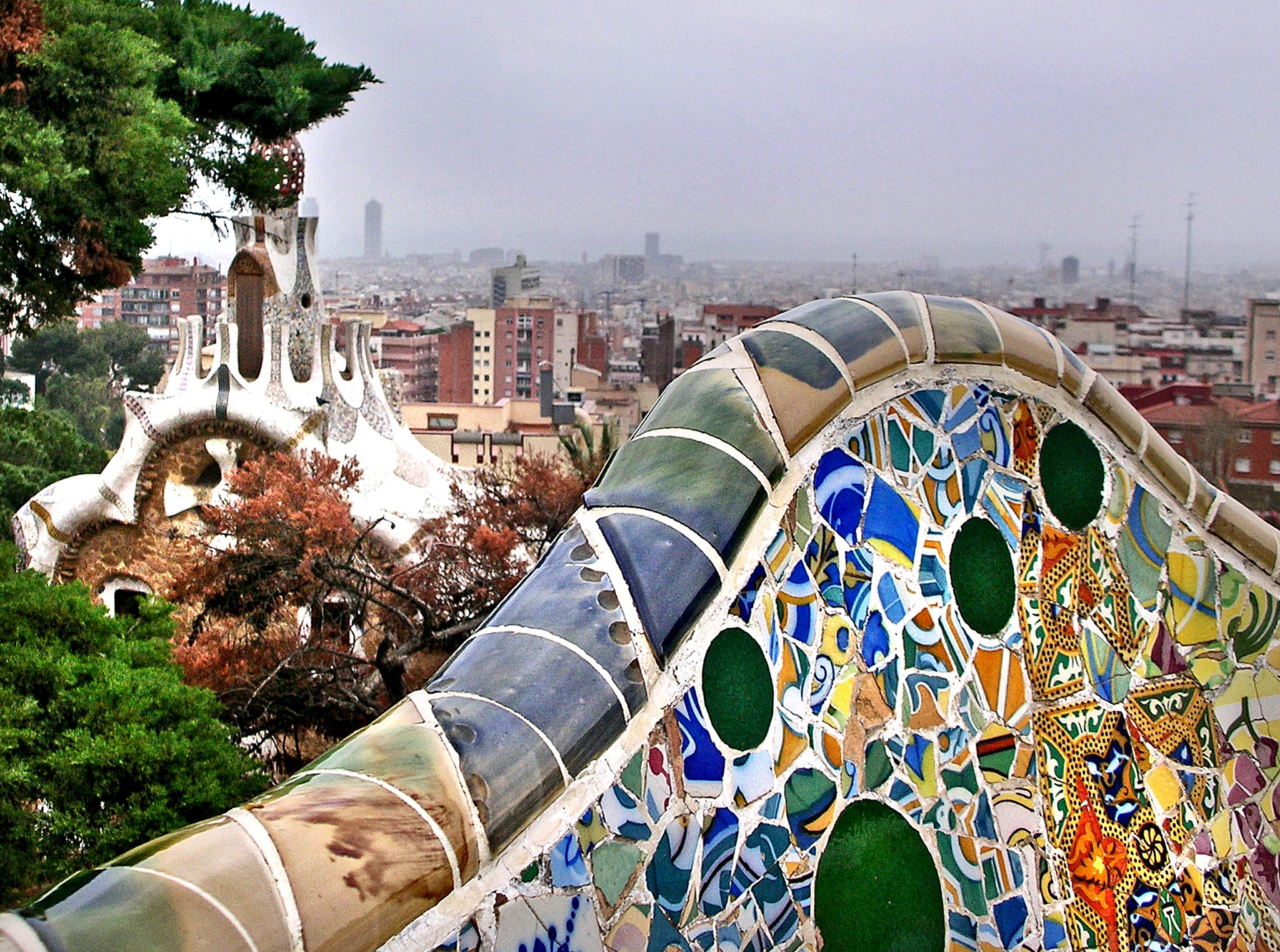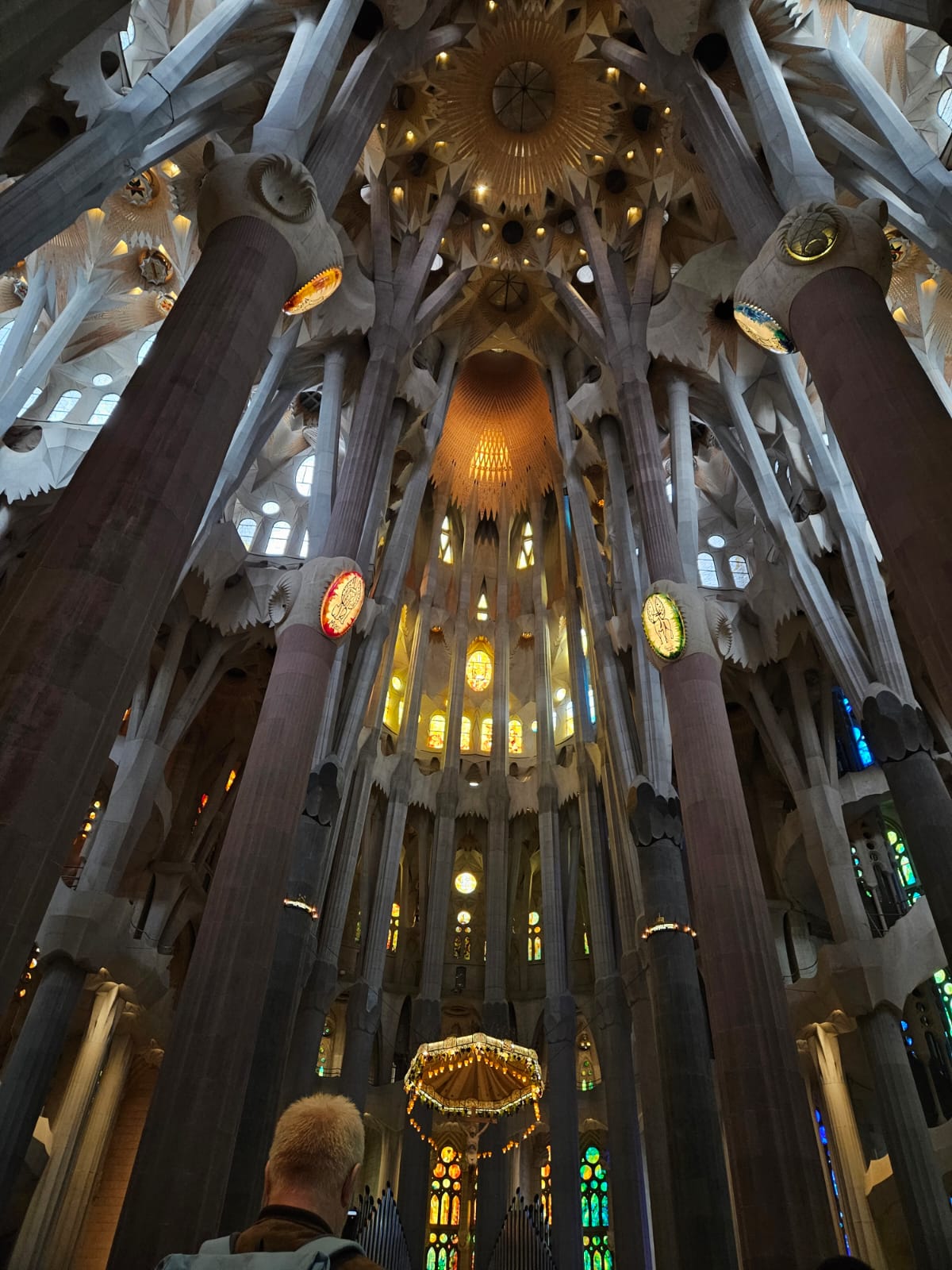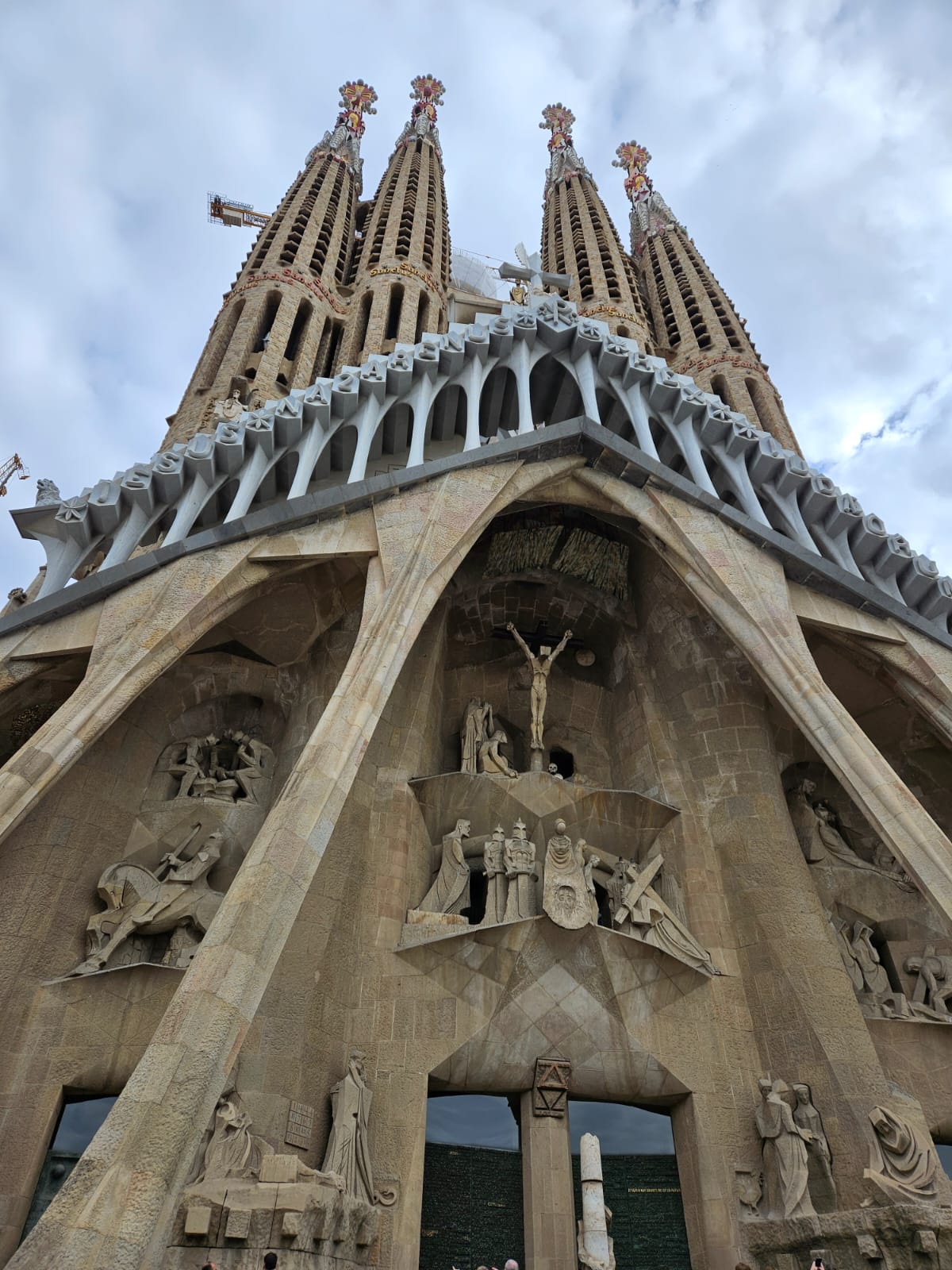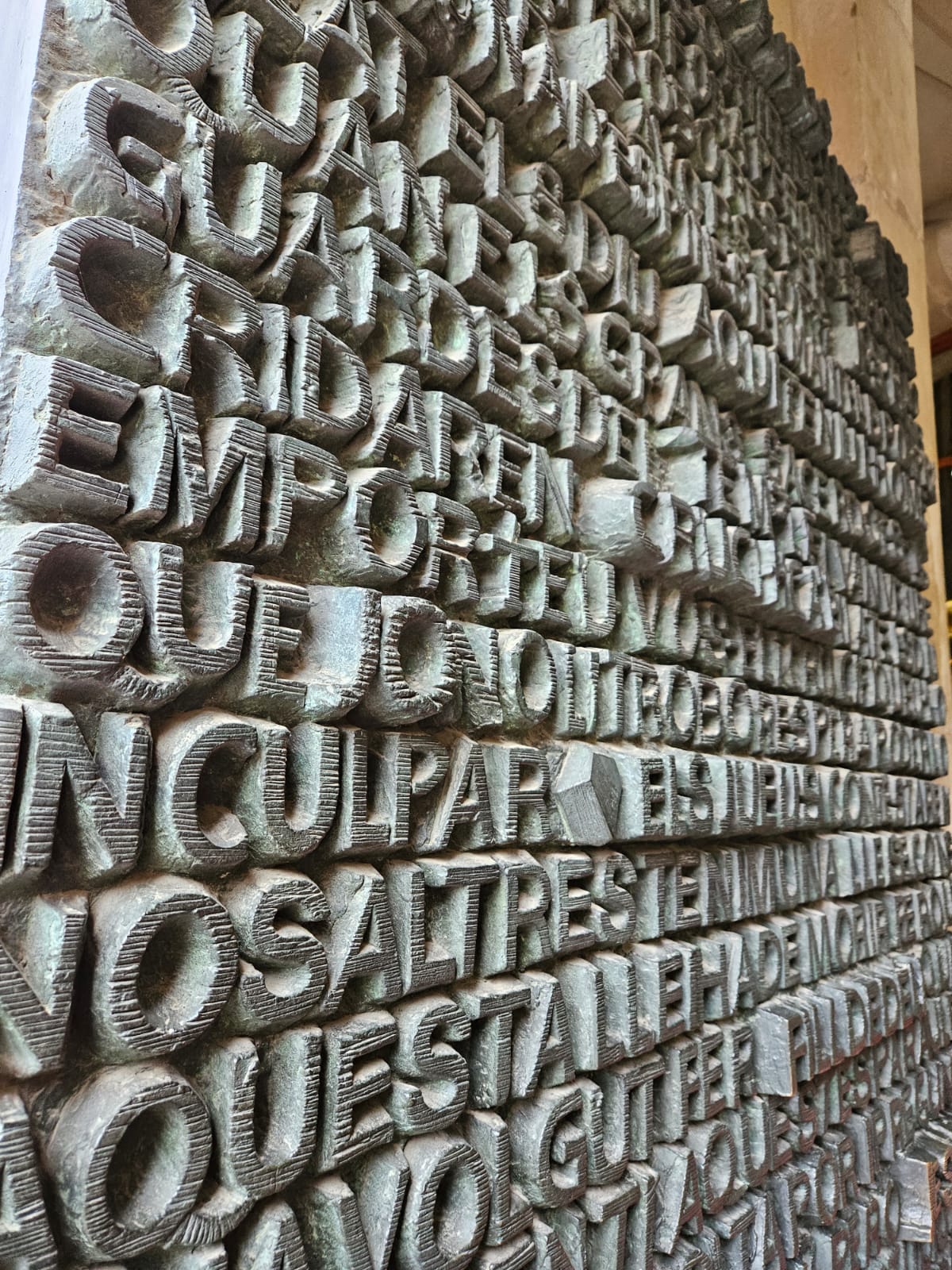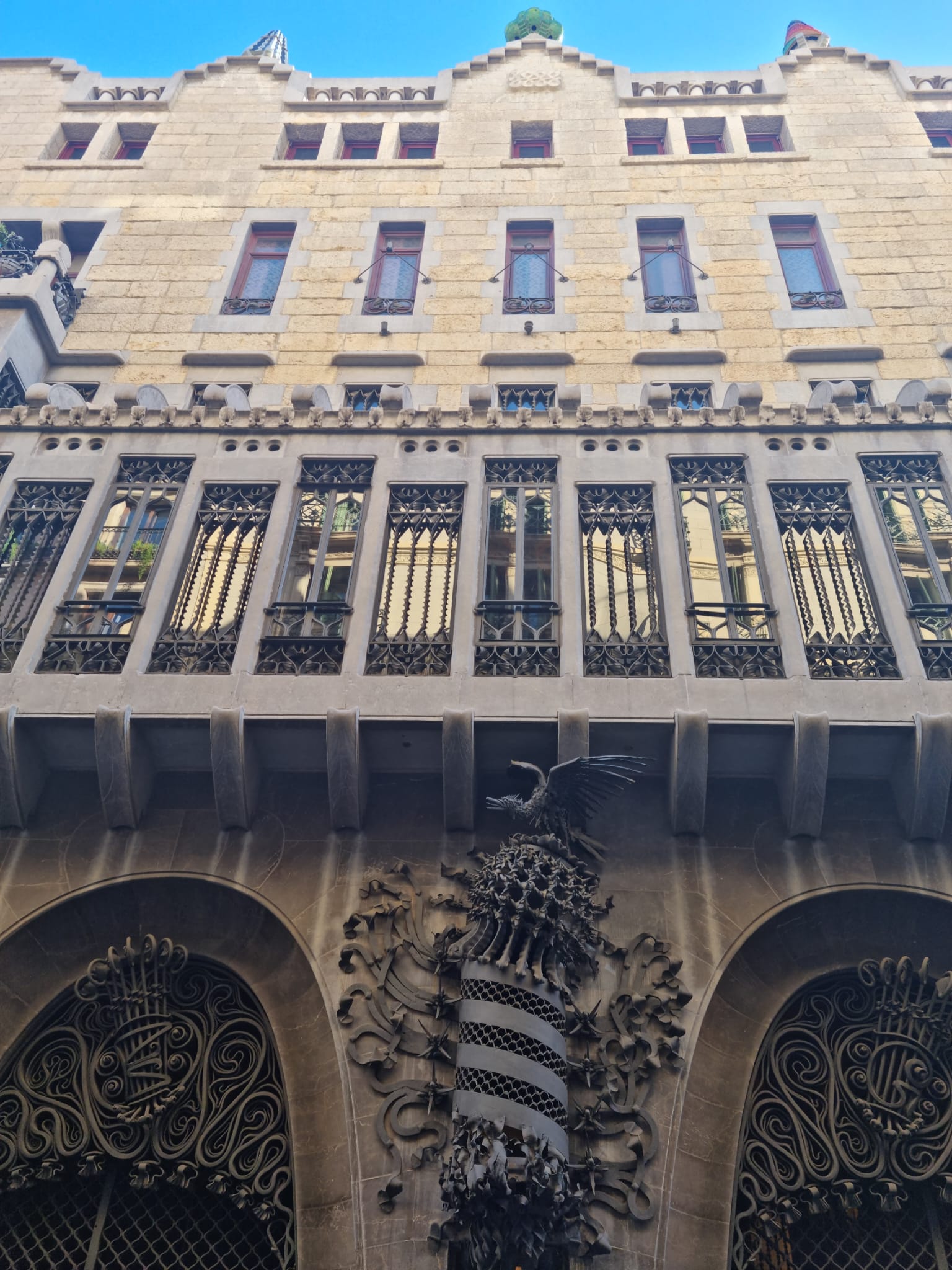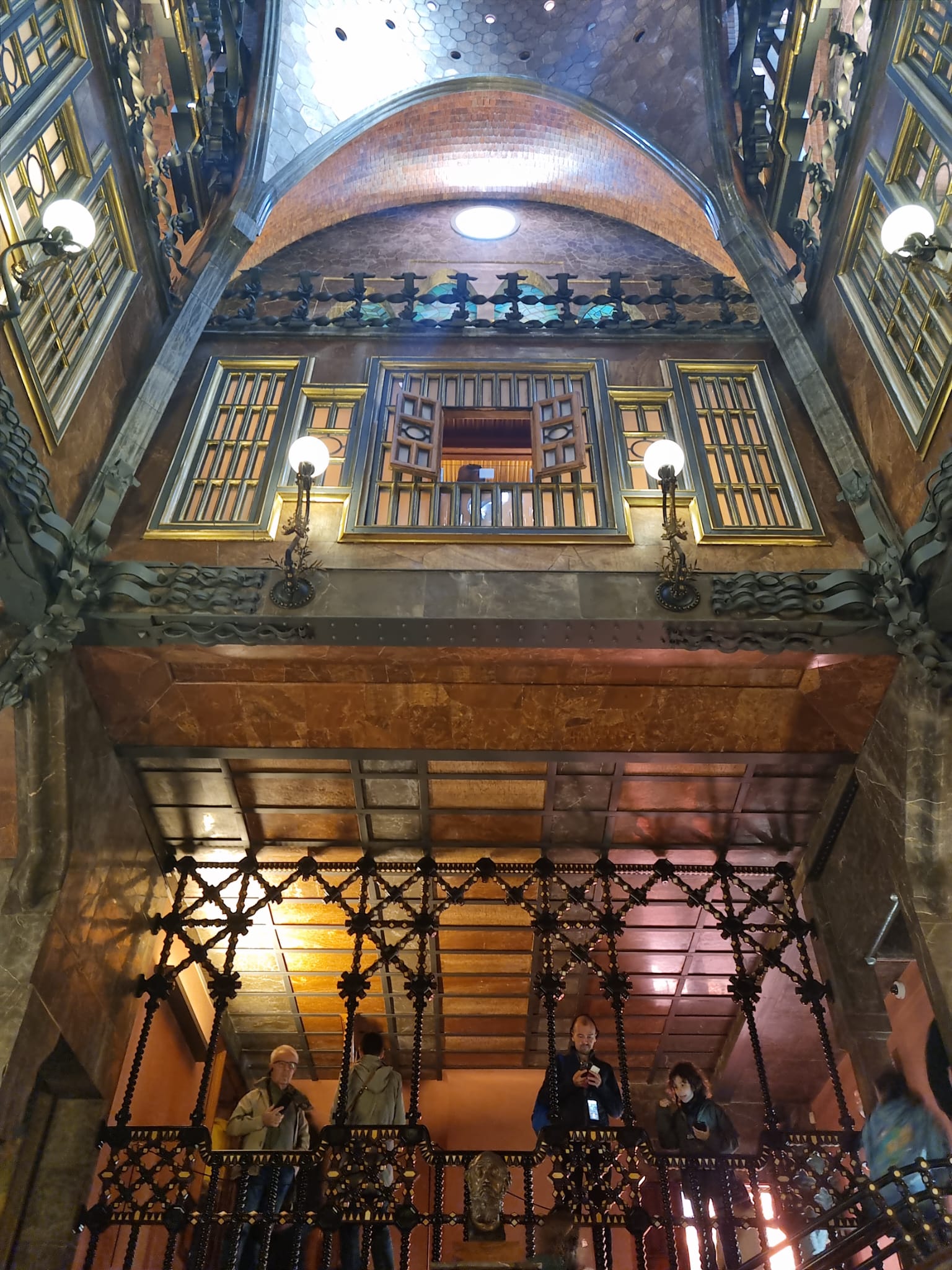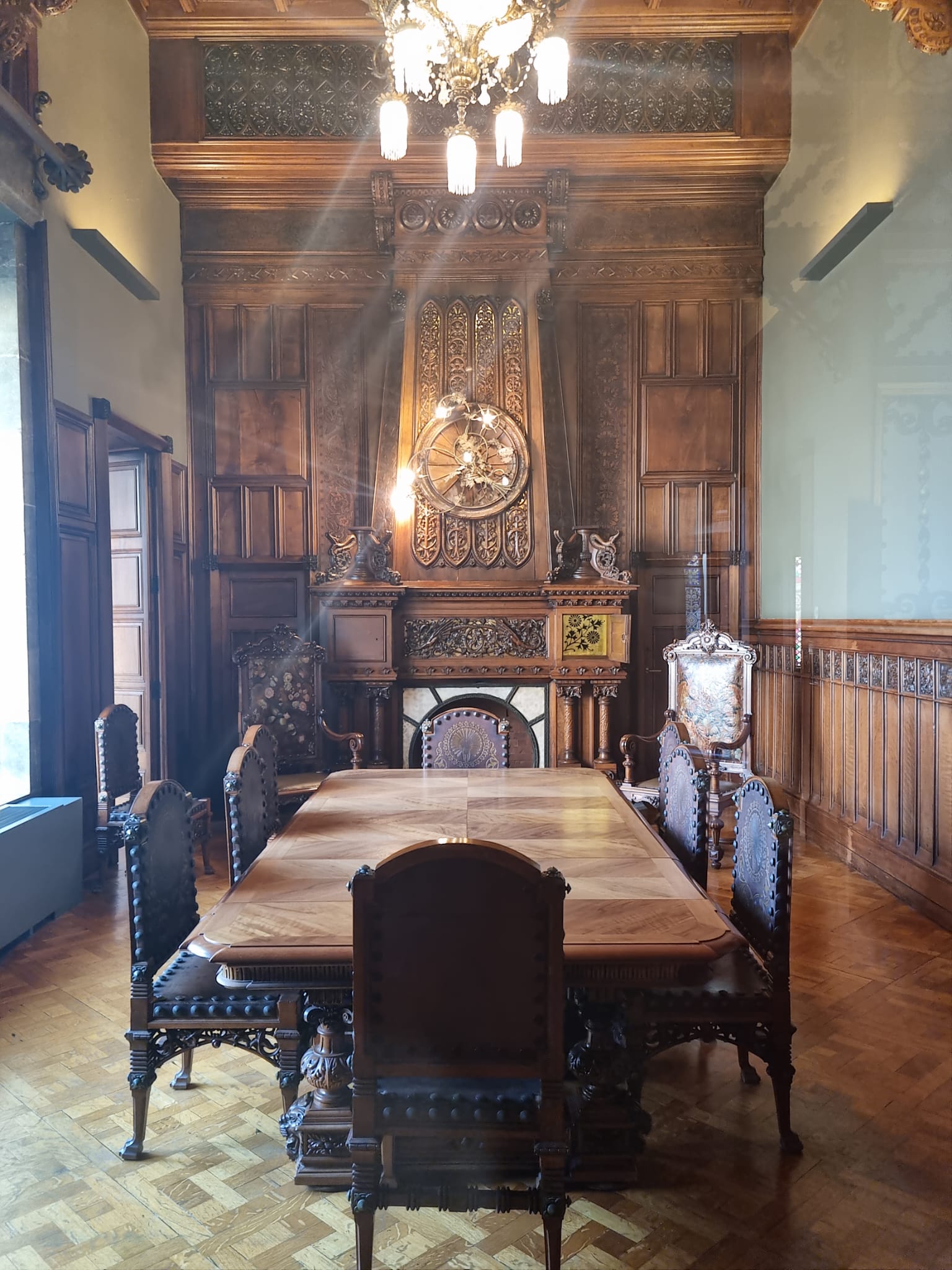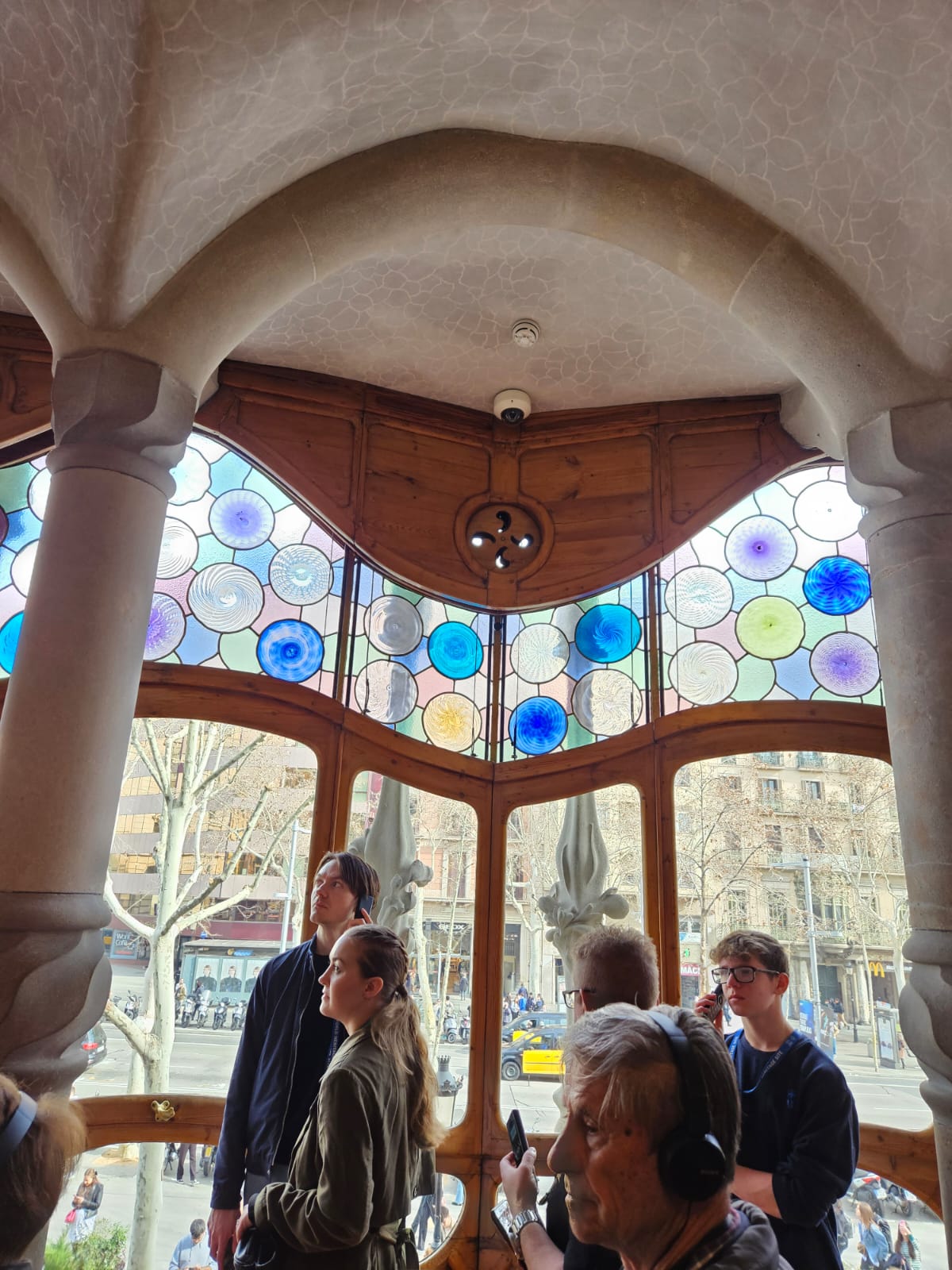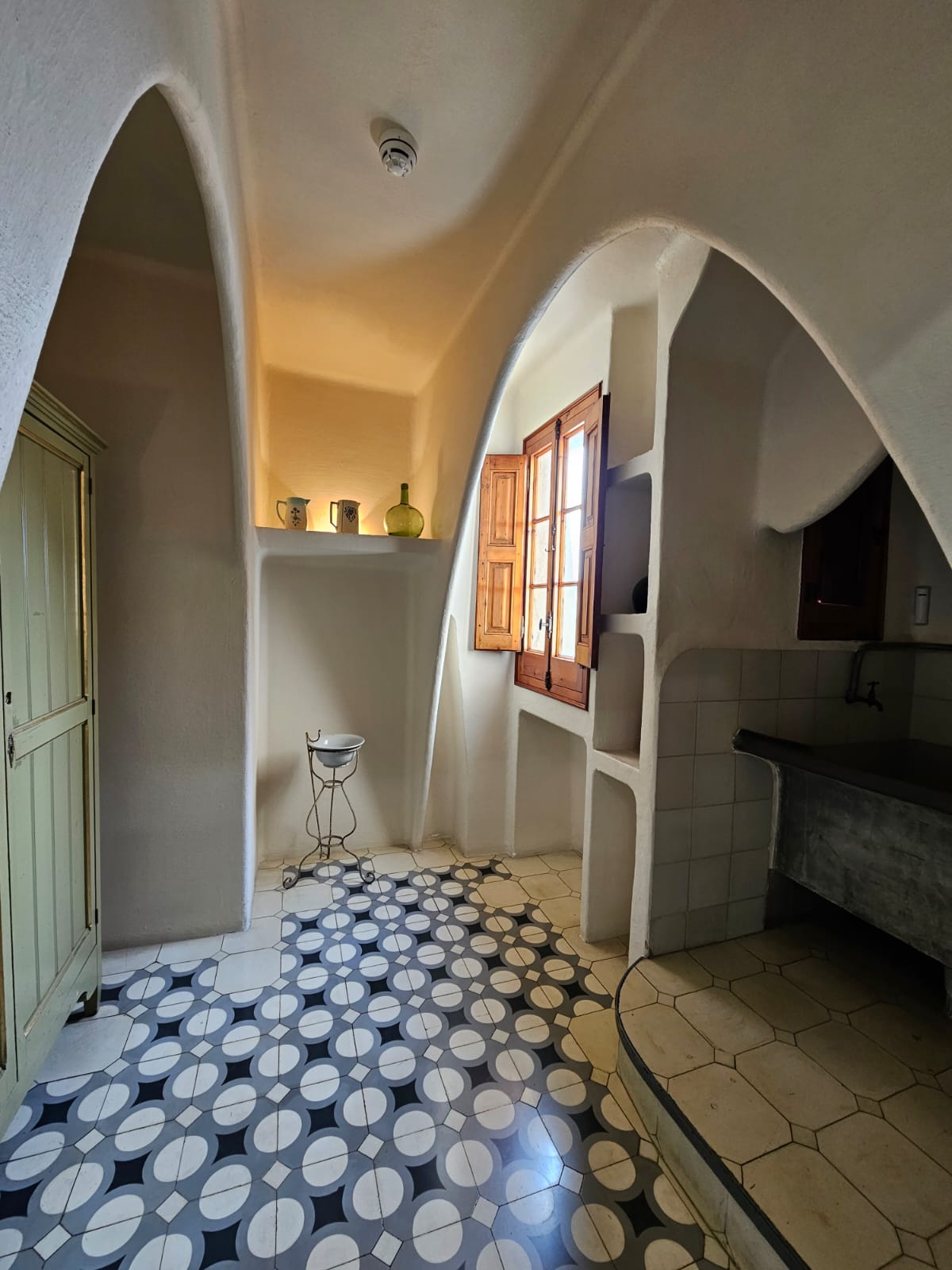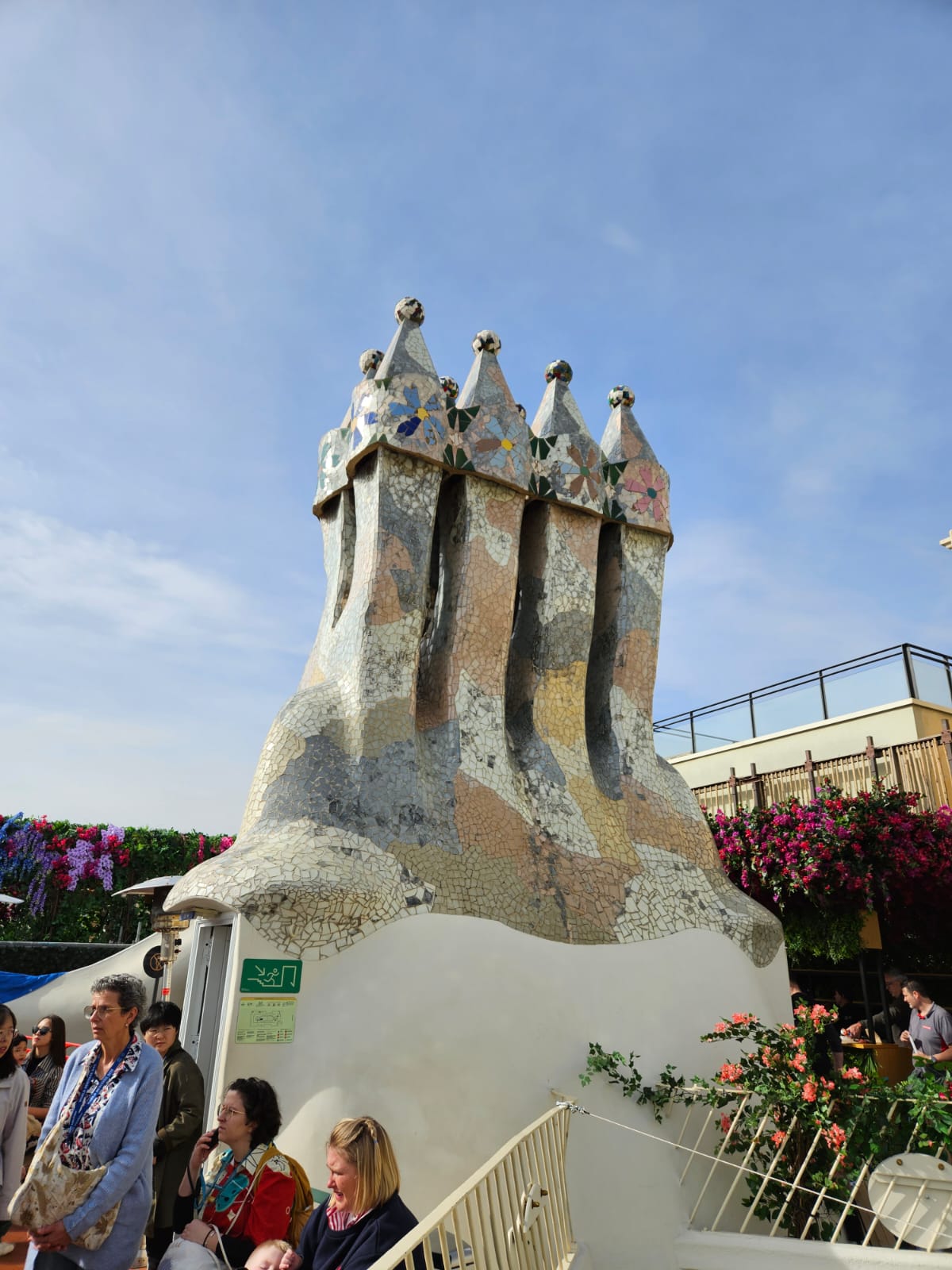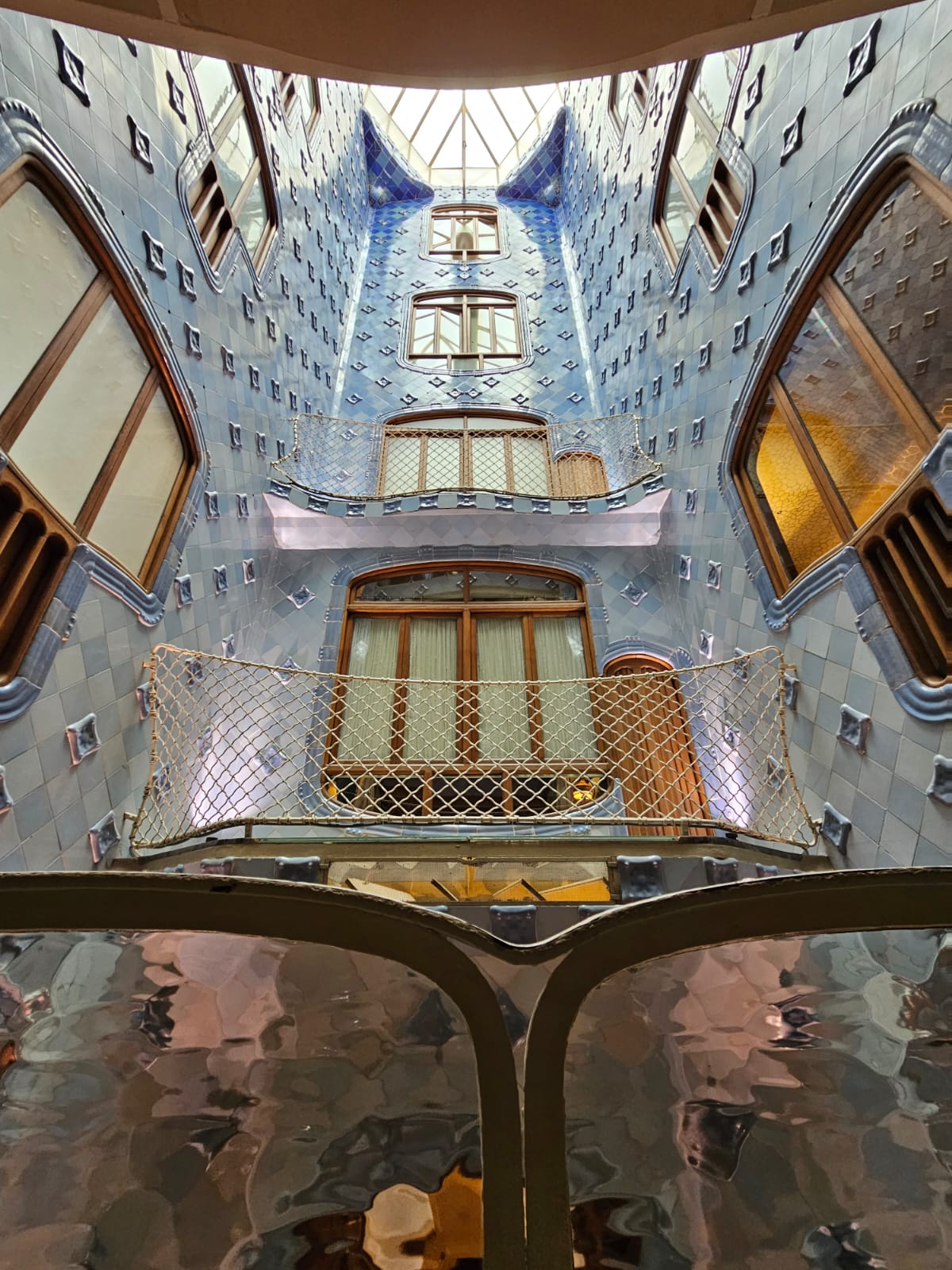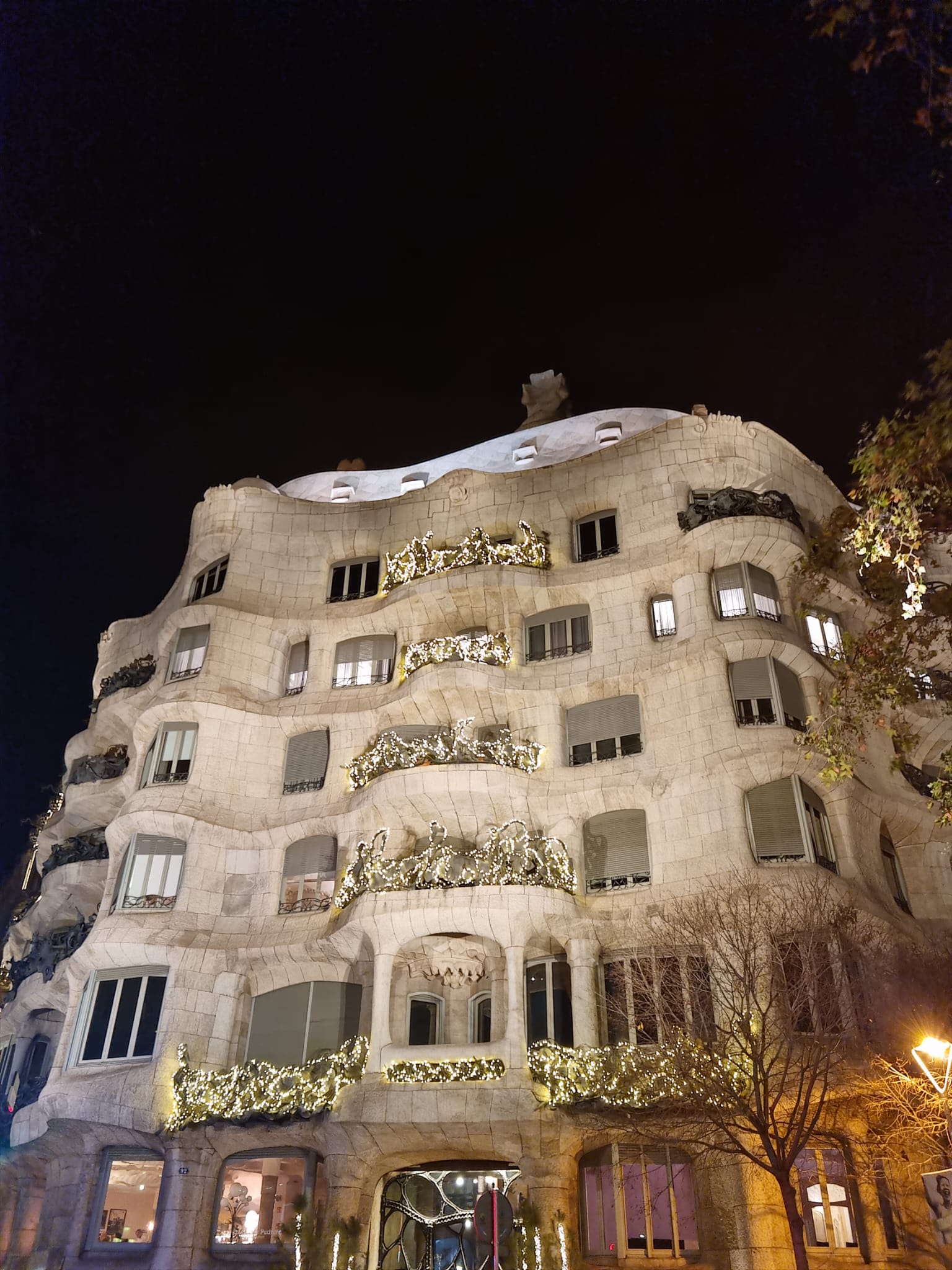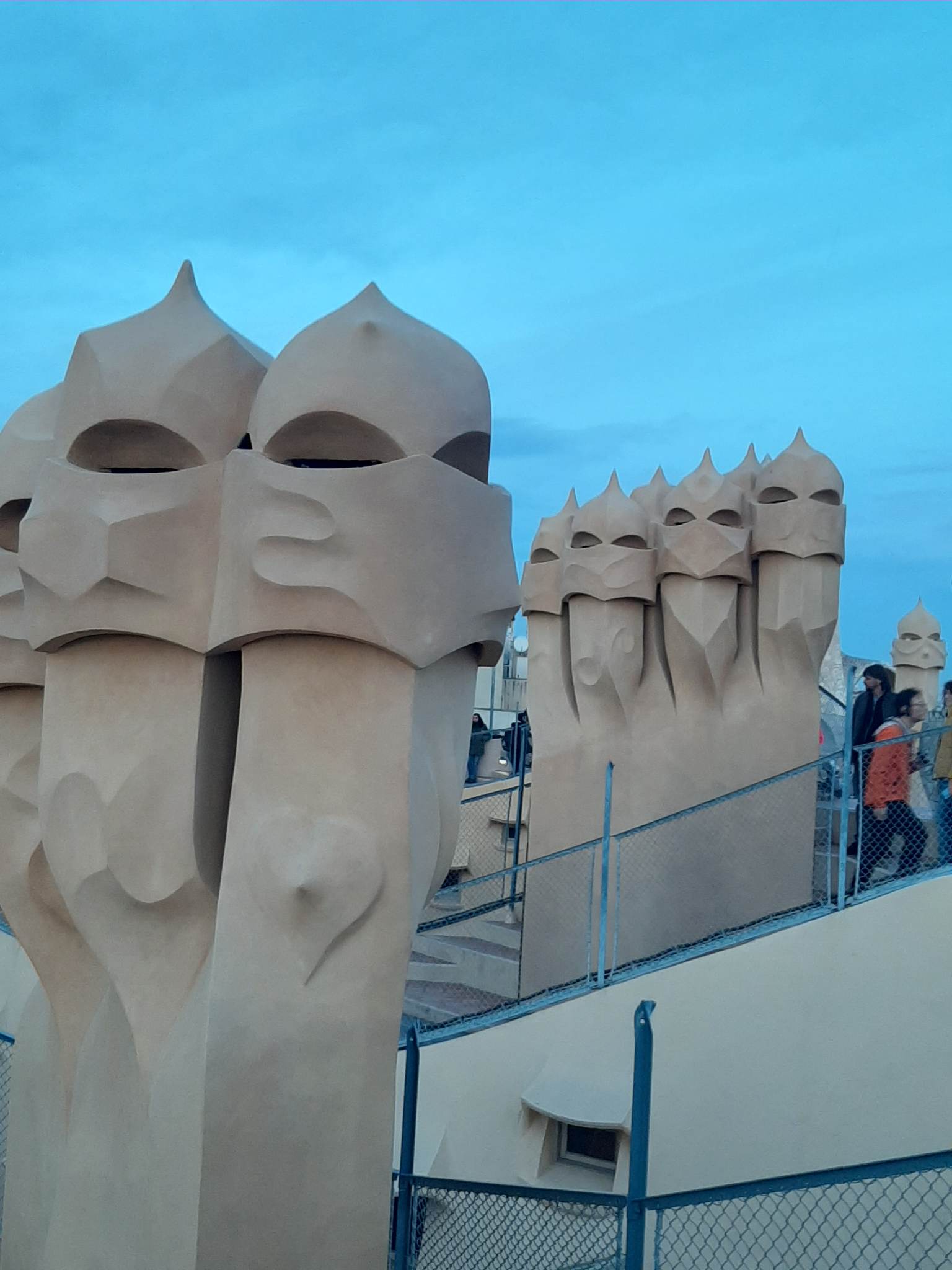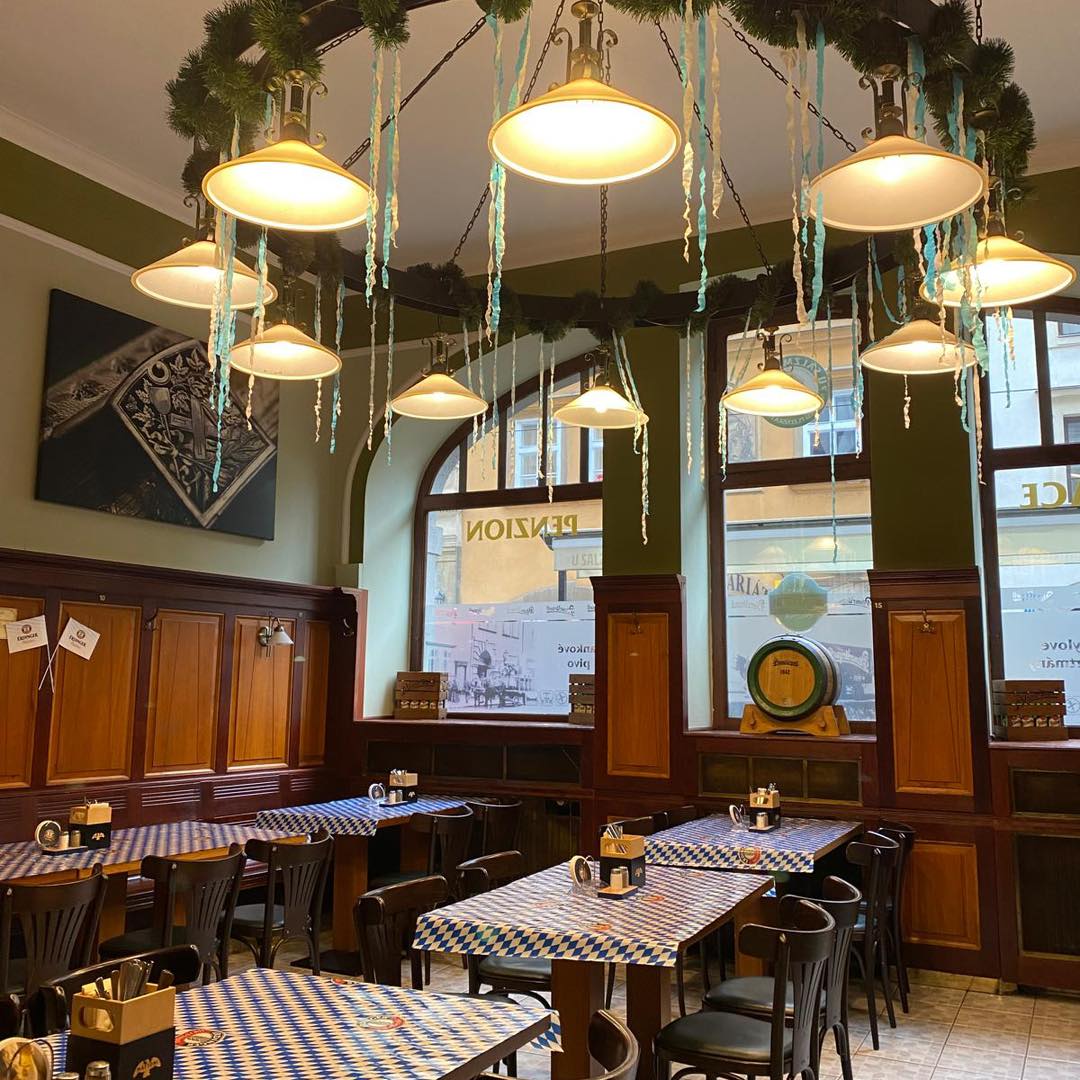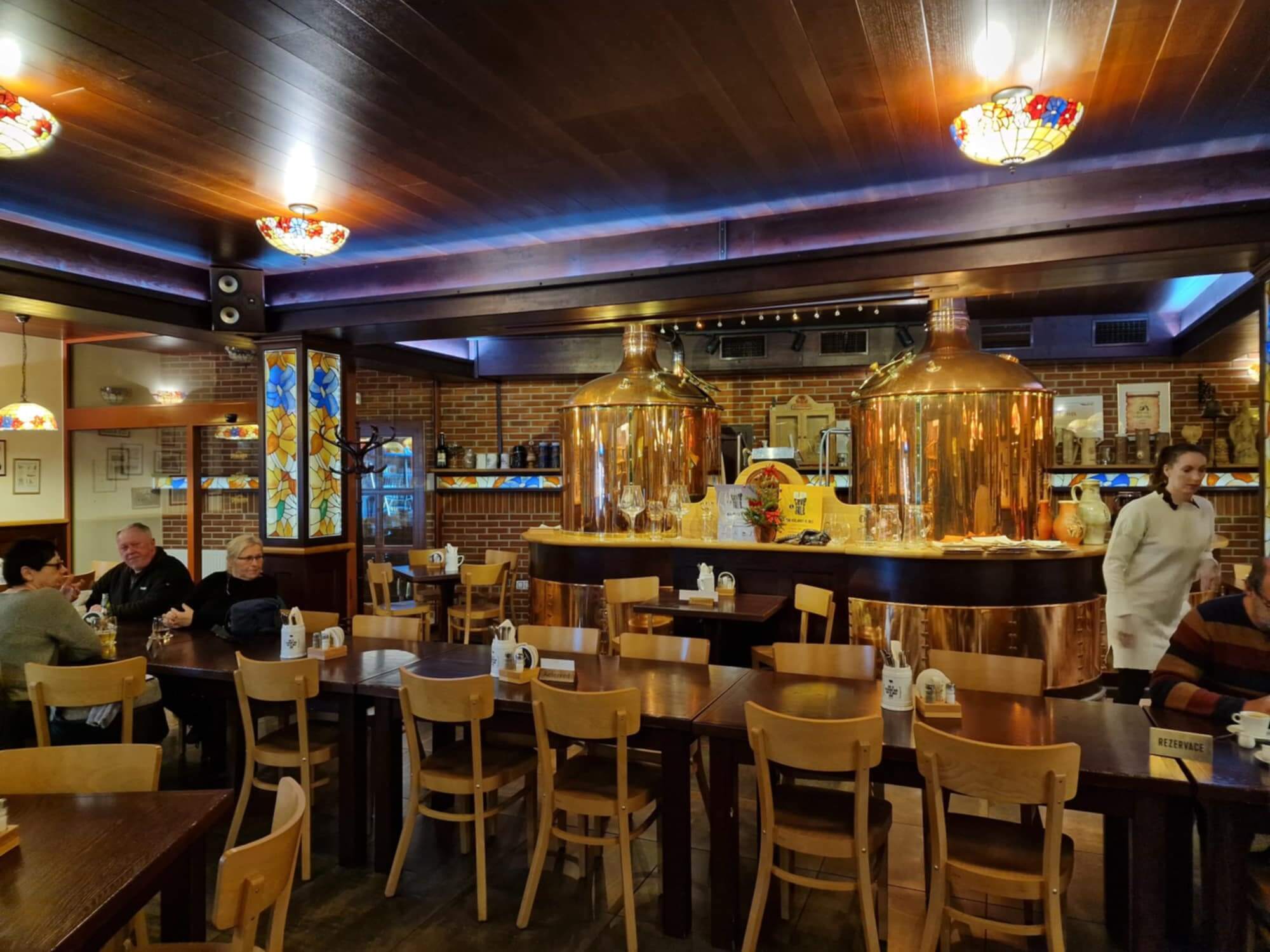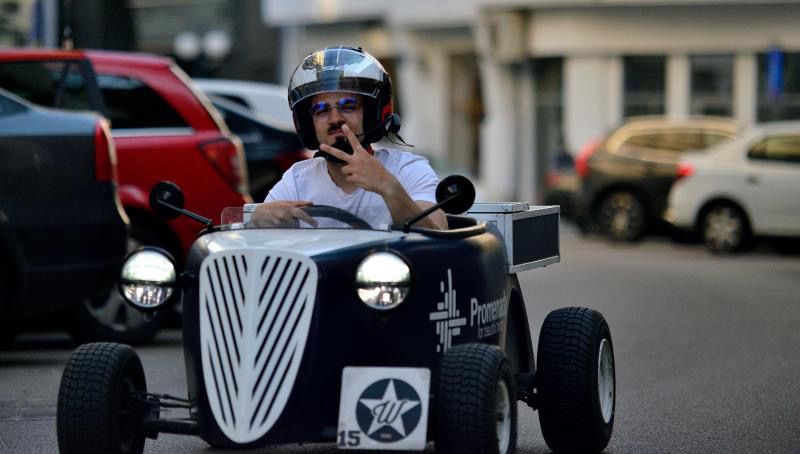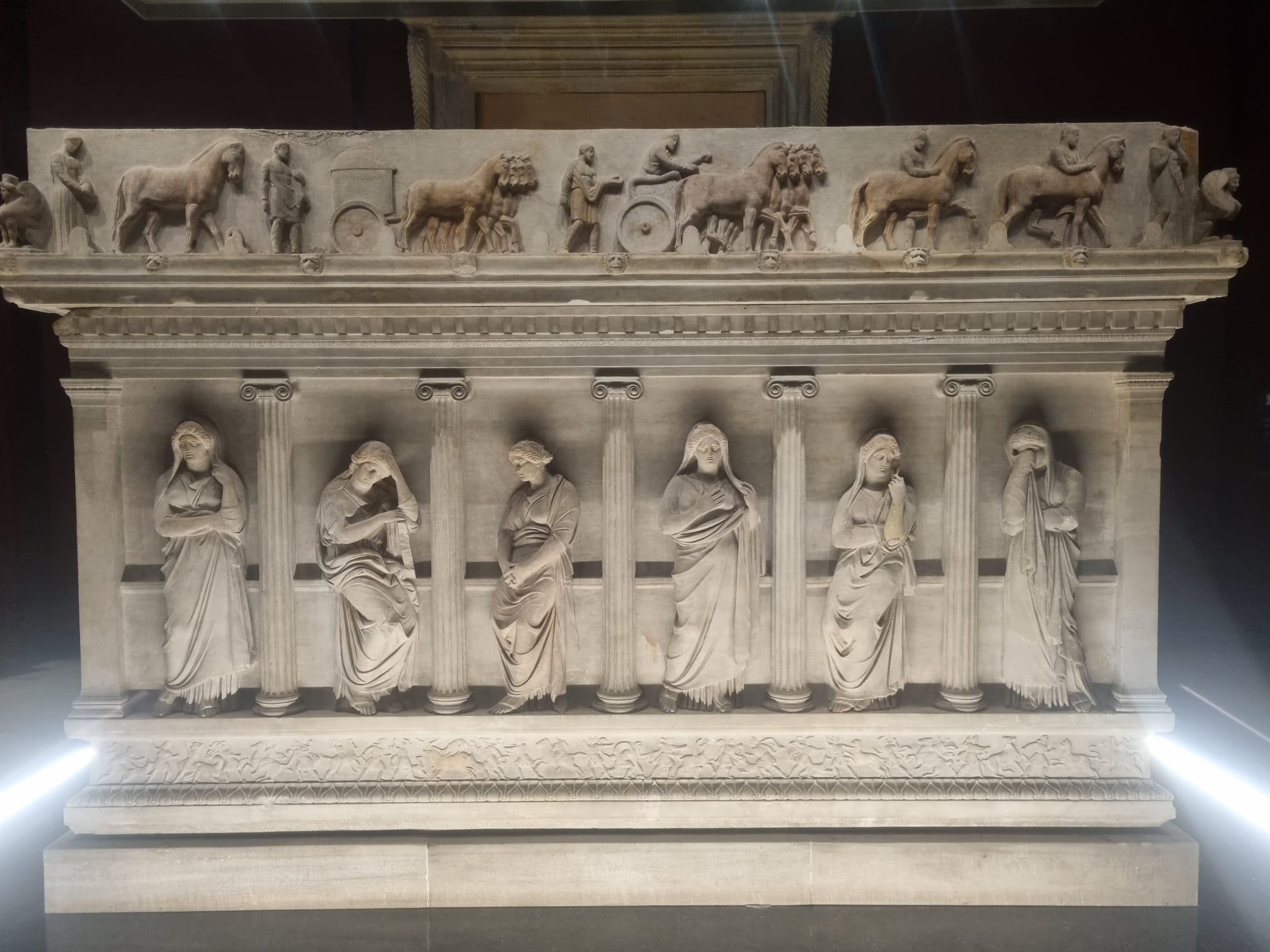TOP 5 Gaudí Sites in Barcelona
While Barcelona boasts numerous creations by Antoni Gaudí, we’ve compiled a list of the top 5 must-visit places for any tourist looking to appreciate his genius. These sites are UNESCO World Heritage-listed and truly define his legacy.
Barcelona carries the mark of a genius: Antoni Gaudí. His life story is a poignant one, especially concerning his personal struggles. Born in 1852 as the youngest of five children in a Catalan family, Gaudí faced tragedy early in life. His mother, three brothers, and sister all passed away, leaving him in the care of his father and niece as they relocated to Barcelona. With time, both his father and niece also passed, leaving Gaudí alone. Despite his affection for one woman, who did not reciprocate his feelings, he never married. In his final years, consumed by the construction of the Sagrada Familia, he neglected his personal well-being, hygiene, and appearance. In 1926, he was tragically struck by a tram on his way to the Cathedral, unrecognized due to his unkempt state, and ended up in a hospital for the destitute. Only after a visiting bishop recognized him was he transferred to a private hospital, but it was too late, and he passed away a few days later. He now rests in a small tomb in the basement of the Sagrada Familia, visible through a window.
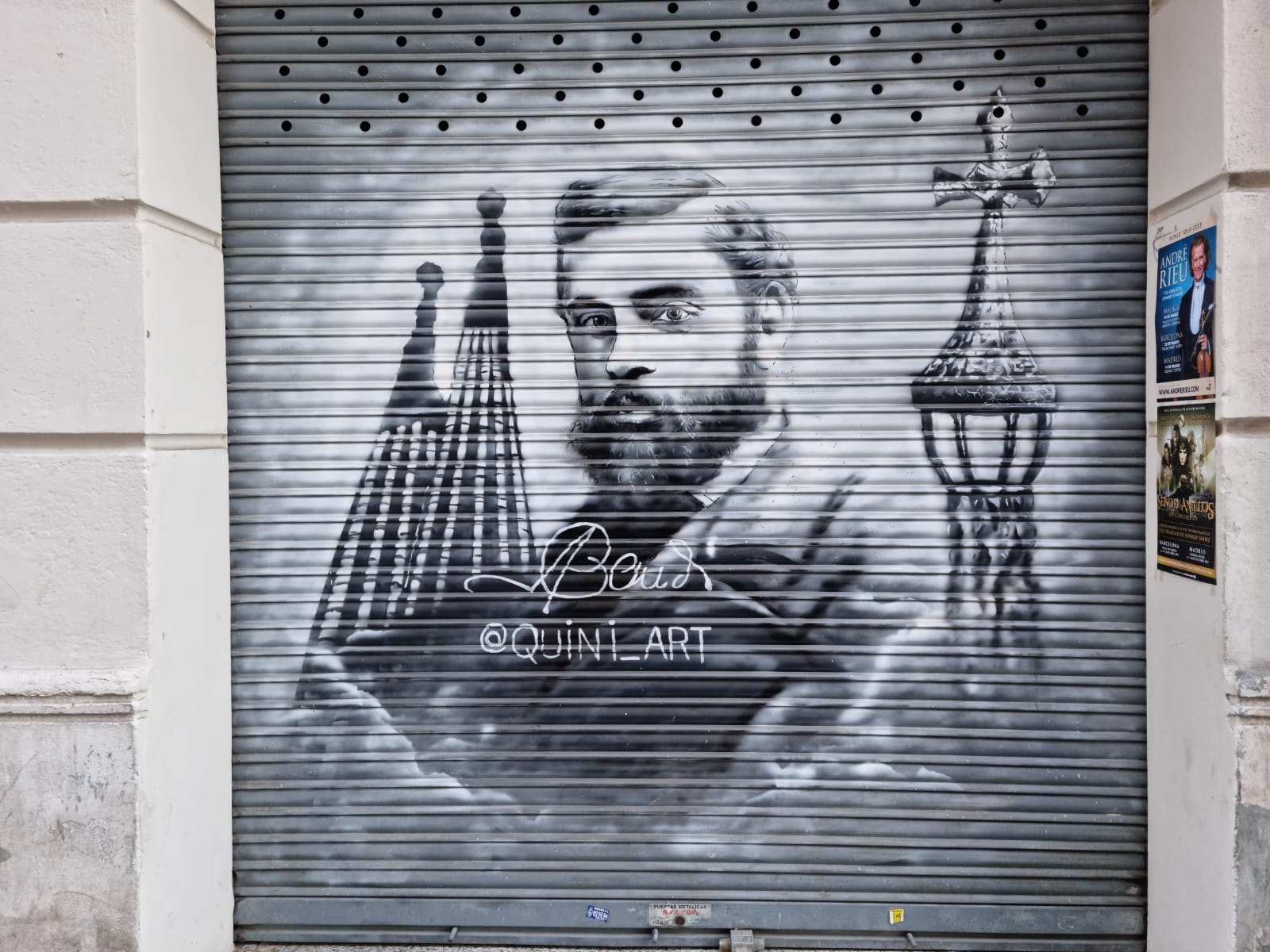
Antoni Gaudí’s family life was marked by tragedy, yet his architectural achievements place him among the most significant figures in world history. He truly was the architect of God!
SAGRADA FAMILIA
There are few cities in the world that are so defined by one person. Barcelona means Gaudí, and Gaudí means Barcelona. Perhaps only Paris has a construction that stands out as much as the Sagrada Familia does in Barcelona, and I refer here to the Eiffel Tower. Because Sagrada absolutely dominates the city and is its central point. And Sagrada is Gaudí’s masterpiece. In a city where glass towers are absent, and most buildings have up to 10 floors, Sagrada rises majestically above all, without being ostentatious. The great work of the architect of God.
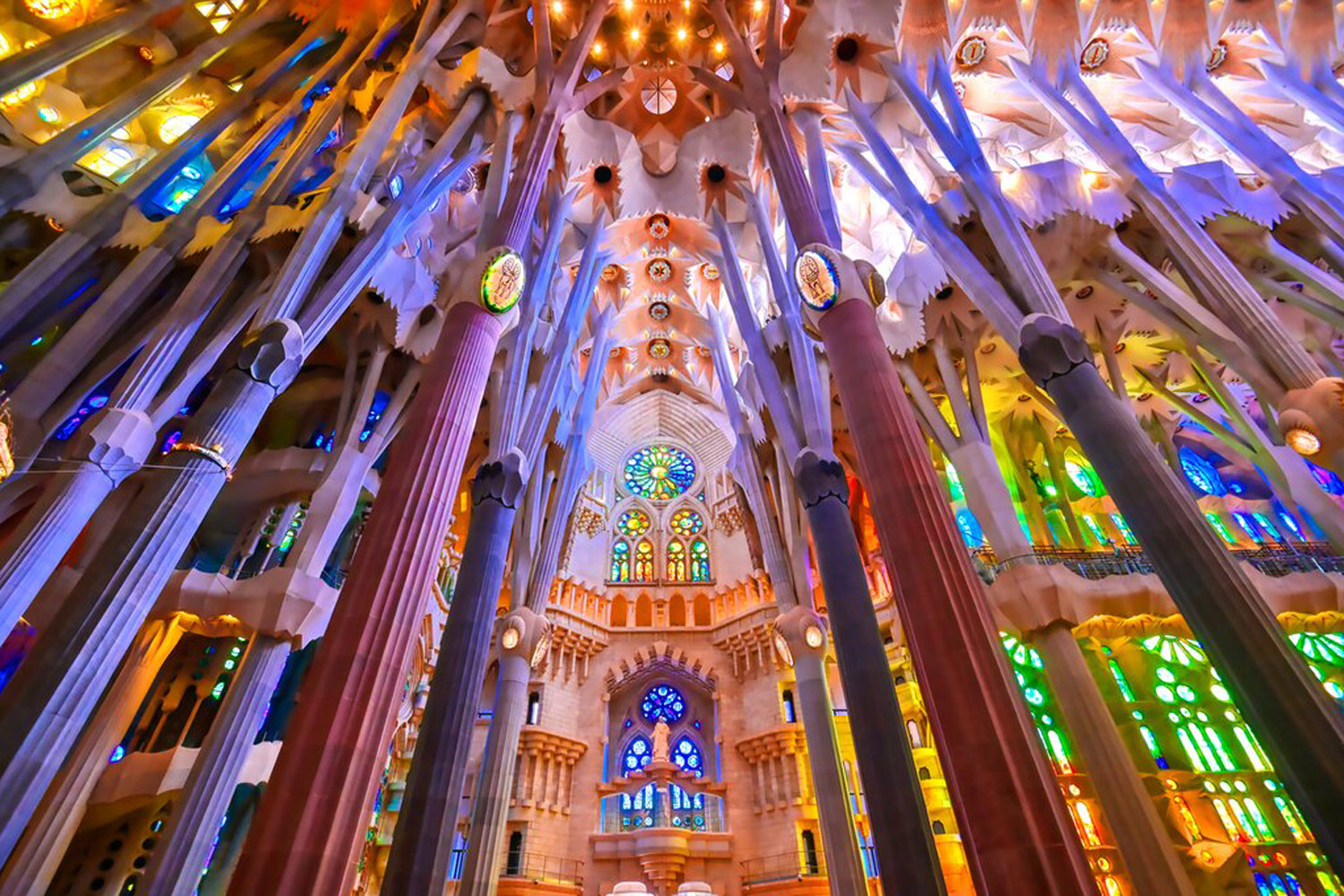
Asked at the beginning of the construction about the slow progress, Gaudí said – “My client has all the time in the world!” Sagrada dominates Barcelona by size and height, without crushing it. It is absolutely enchanting both from the outside and the inside. Begun in 1883, its completion date is 2026, but I doubt it will be finished then. The funds come from ticket sales (and they are money, no joke), plus private donations. Gaudí’s plans are adhered to meticulously, and the construction grows slowly. The plan calls for 12 towers for the 12 Apostles, 4 larger ones for the 4 Evangelists (of which only two are completed), a tower for the Virgin Mary, and the tallest tower for Jesus. Sagrada Familia is detailed and full of visible yet hidden information. From the provinces of Catalonia to Saint George, from the rising sun in the colorful stained glass windows to the orange and red sunset on the opposite wall. Simple compared to an Orthodox church but exceptional compared to a Catholic Cathedral from the Middle Ages, it was awarded the title of Minor Basilica by Pope John II.
PARK GUELL
Park Güell is where Gaudí unleashed his imagination, incorporating elements from the Sagrada Familia. The park‘s elevated location offers breathtaking views of Barcelona, providing an ideal backdrop for Gaudí’s mosaic work and nature-inspired designs. Gaudí seamlessly blends vegetation with architectural elements, creating a space that feels endless yet constantly engaging. The park’s terrace offers a serene escape from the city’s hustle and bustle, attracting visitors throughout the day.
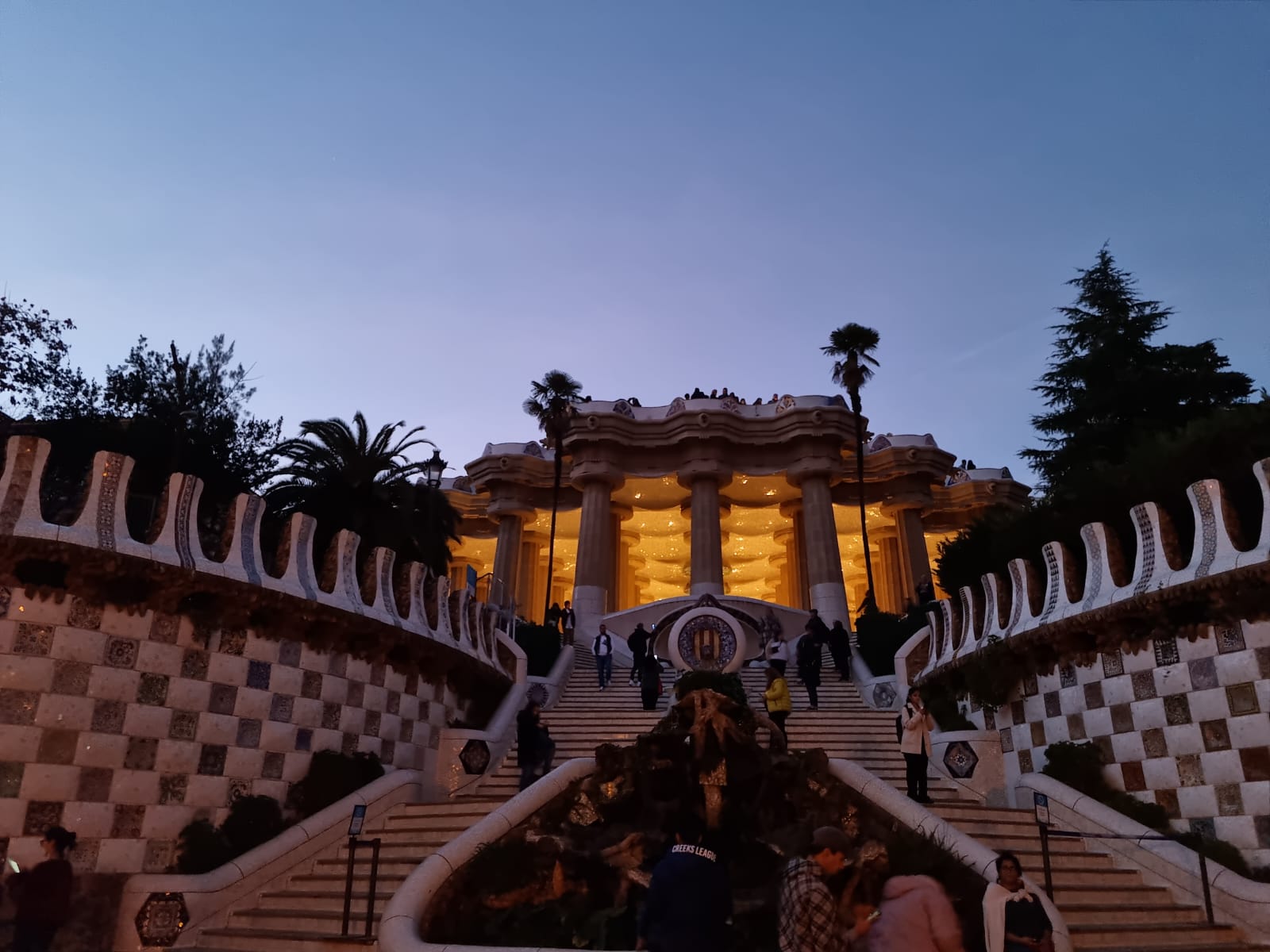
GUELL PALACE
The palace Guell Palace, commissioned by the prominent Guell family, is situated on a side street near Barcelona’s renowned Rambla. While not as extravagant as other Gaudí creations, the palace exudes opulence within a functional and religious framework. Gaudí’s meticulous attention to space and light is evident, although the overall ambiance remains somber and serious. Designed to accommodate both business and comfort, Guell Palace embodies medieval and Venetian architectural influences, offering surprises in its intricate details.
CASA BATLLO
If you pass in front of Casa Batlló, it is impossible not to find a crowd gathered there eagerly photographing the exterior. They have reasons! Casa Batlló is Gaudí’s most spectacular house in terms of its exterior at least. The colors, the mosaic that changes color depending on the light, the balconies, the windows. Everything is absolutely sensational. Batlló is another family in Barcelona, a wealthy family that owned textile factories. They wanted to renovate the house they lived in and turned to Gaudí. A painting from the house keeps their memory alive. The solutions he found, adding two more levels, the shape of the roof, the exterior, and the details of the house, have put Casa Batlló at the center of his creations. It is truly beautiful, and the light show every evening is spectacular. Gaudí had to adapt the house to the needs of a single family, even though it was quite large. The practical aspects of the house are present everywhere, combined with the lines and materials used, giving it a warm and welcoming aspect. Gaudí thought of every aspect of family life, from the air circulating through the building cooling the spaces to the light coming in through a multitude of places. The back terrace as a relaxation area but also the spaces for servants. Dependent on his work, he did not let anything escape him and created a home that can still be occupied any day and considered modern.
PEDRERA HOUSE
A complex of apartments a short distance from Casa Batlló, dominating an intersection of the city. It is named Pedrera by the locals for the stone on the exterior brought from a quarry near Barcelona. Although not as admired as Casa Batlló, it is the total expression of the idea of modern functional architecture. A permanent smile. A waving of shapes that depart from the exterior without being ostentatious and continue in every corner of the building. The story of this block is also a special one. Designed as an apartment block, it still has two apartments inside inhabited by private individuals. However, they have a special contract that they cannot sell or leave the apartment when they pass away. And the property will be entirely, at that moment, owned by the Foundation that currently manages it. You can visit one apartment, the attic, the roof, the internal stairs, and understand the complexity of the building entirely. How ingeniously Gaudí used space, creating places for every family member and for servants. The roof is a tribute to Catalonia and its stories. A tribute to Saint George, the spiritual patron of this land. With chimneys transformed into soldiers and lines resembling a dragon. The dragon defeated by the Saint. Pedrera House seemed to me the ultimate expression of a normal home, the place where I would like to live and where I would feel comfortable.
This project was made possible with the support of Visit Barcelona, providing the best means to explore and understand the city effortlessly.

